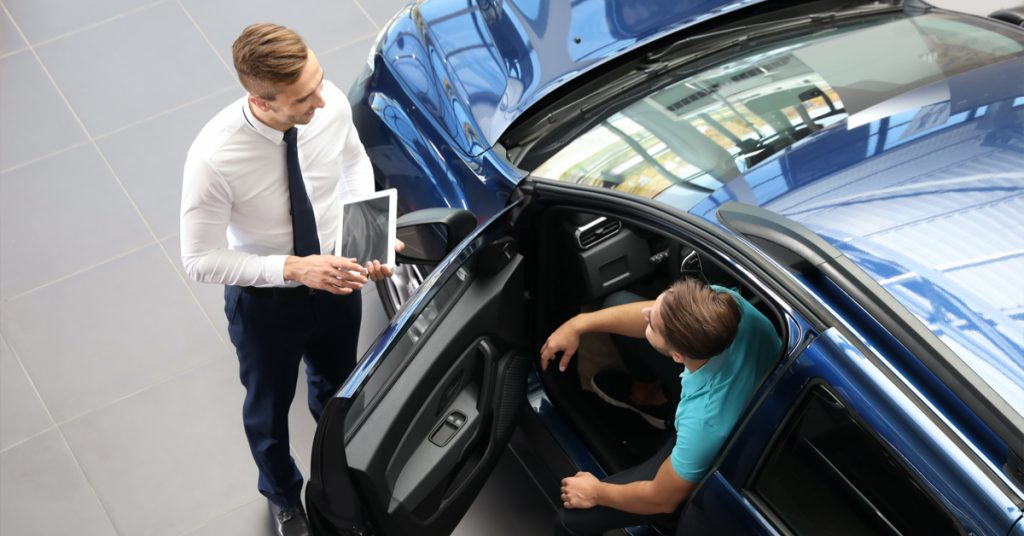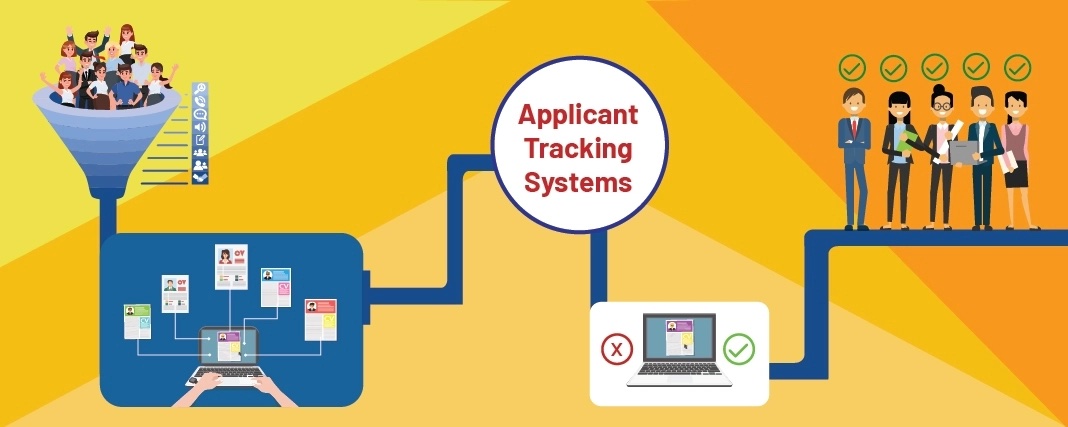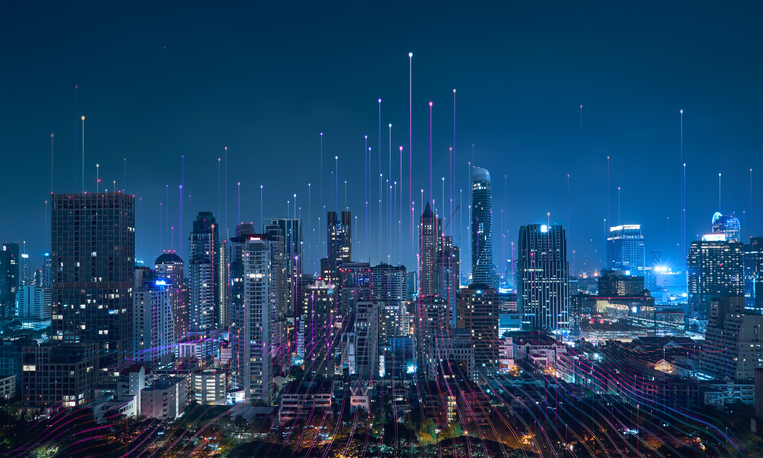Traveling consumers now have far higher standards for amenities, security, and reduced carbon footprints. Additionally, the ever-changing needs of consumers are a major factor in the development of ever-more-complex software for automobiles.
See Also: Fintech — Shaping the Future of Banking
This has far-reaching consequences for automakers that aspire to adopt a more customer-centric mindset. They will need to significantly increase their software development efforts to compete with new entrants to the market who are digital natives and established tech giants.
What follows is an exploration of the three significant changes in consumer behavior that are determining the course of mobility in the future.
Consumer trends that will shape the future of transportation
There is a widespread willingness to forego car ownership.
The era of individual car ownership is already established. Having a car is still seen as a symbol of success and convenience by many people in today’s society. True, most vehicles spend the vast majority of their time sitting in driveways.
And there are major expenses and headaches associated with having a personal vehicle. Things like long waits on the highways, the difficulty of parking, and the expense of insurance and upkeep. Further, it has a negative effect on the environment to make many separate excursions.
More time spent in automobiles, but less time behind the wheel
People are spending more time in automobiles than ever before. But, they are spending less time behind the wheel as a direct result of the proliferation of shared mobility options and the arrival of autonomous vehicles. It’s possible that all that time spent worrying about the road and making it from A to B will suddenly be freed up for other uses.
Consider that the average American spends at least an hour each day on the road — 32 miles per day. That’s equivalent to a staggering 70 billion hours every year.
As a result, there are a number of consequences that present potential for original equipment manufacturers to develop new features and products as driving responsibility is transferred to another driver or even computers.
Travelers won’t have to sit idle during their commutes, as they can get some work done, socialize, or pass the time with some entertainment.
Due to less tense and more enjoyable travel experiences, some people may wind up spending more time in vehicles than they did before.
Finally, persons who previously had fewer mobility alternatives will have more to choose from (people with disabilities, the elderly, kids, etc)
Responsible driving is off-topic.
When it comes to safety, today’s drivers are more conscientious than their parent’s generation. They now take for granted things like adaptive cruise control, automated emergency braking, parking aid, and anti-skid capabilities in vehicles. The catch is that implementing such sophisticated safeguards takes millions of lines of code and substantial software engineering resources.
Pollutants in the atmosphere can also come from the transportation sector. These days, buyers want to support companies whose products and ethos are consistent with their own. Thus, the auto industry is undergoing a widespread transformation to become greener and more consumer-friendly.



















